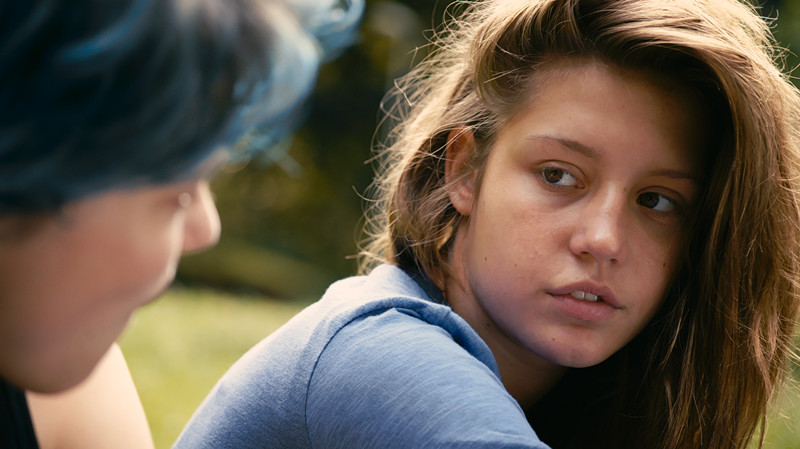
Sexual identity is something that is easy for some people to ascertain, but for others it can be a lifelong struggle between societal norms and growing up to be a different person than what we’d anticipated. Confused sexuality is an issue that many people go through, but only a few admit to it.
This list presents characters who consciously or unconsciously start to become attracted to someone they did not anticipate being attracted to, and are not sure how to handle it, or how their social environment will handle it.
Therefore, their sexual confusion often lies not within the person, but in the societal norms that do not leave space for the individual to express their emotions or desires. Homosexuality is still considered a taboo in many countries, and it can be frowned upon even in the most progressive cultures.
1. Brokeback Mountain
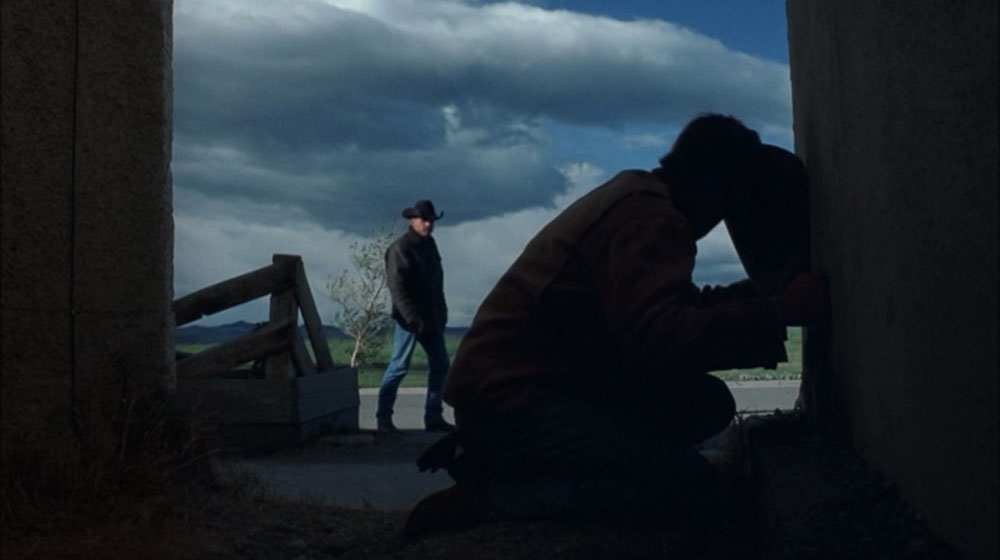
Ang Lee’s 2005 drama narrates the story of Ennis and Jack, two cowboys who are hired to look after a flock of sheep in the mountains of Wyoming, and who begin a passionate love affair in the summer of 1963, despite the society’s outrage and the sorrow of their wives.
Ever since the film’s launch, there have been numerous discussions that try to add a label to the sexuality of the protagonists. Many rushed to classify the film as gay, solely because of the romance between the two men. But the purpose of the film was to depict the attraction between two people of the same sex and the difficulties they face while living in a hyper-masculine culture, and this is where the sexual confusion lies.
Both of these men grew up to be cowboys, who are traditionally white, straight, American men; traditionally rough, masculine, and of a conservative background; a profile that does not leave any room for deviation, which is exactly where their struggle begins.
Trying to fit into societal norms, they both get married and try to adapt and follow the traditional American life, resulting in stifling their own desires, living lives that make them miserable.
“Brokeback Mountain” challenges this cowboy prototype and describes the story between the two men in such a way that the viewer cannot help but feel sympathy for the sacrifices they had to make in life for the sake of love.
2. XXY
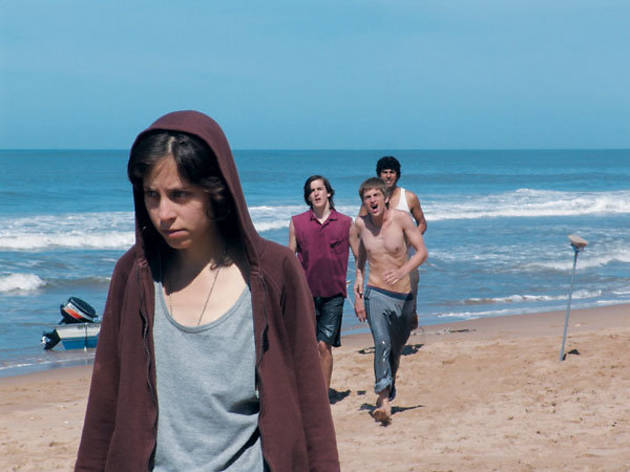
“XXY” is a story of an intersex person named Alex, who is 15 years old and is now beginning their journey toward sexual awakening, just like any other teenager. But unlike any other teenager, Alex has to face the pressure of society who does not accept them for who they are, pushing them to choose between being male or female, as keeping both male and female genitals is considered to be abnormal.
Alex was born intersex, but their mother decided that she wanted to raise them as a girl. Except for their battle to have to pick an appointed sex, Alex is also confused about their sexuality. Alex had never had sex in their life, so upon meeting Álvaro, Alex proposes to him that the two have sex. Álvaro thinks they will have sex like a straight couple, but Alex turns out to be the penetrative partner. Álvaro is very confused at first but he starts to fall for Alex.
Both Alex and Álvaro don’t really know what to expect from intercourse, except for the fact they like it. When Álvaro asks Alex if they like girls or boys, Alex gets angry and confused. Alex resists the social need to define their sexual preference or their own sex. By the end of the film, there is a catharsis for Alex, who tells their father “what if there is nothing to choose?” implying that there is nothing wrong with the way they are born and the people they are attracted to.
Alex decides to take life in their own hands by choosing a life that is genuine and not one that is confined within narrow and binary societal norms. Both Alex and Álvaro redefine the gender roles and the sexualities that are associated with each, proving that there are a range of identities not just within sexuality, but within genders.
3. The Talented Mr. Ripley
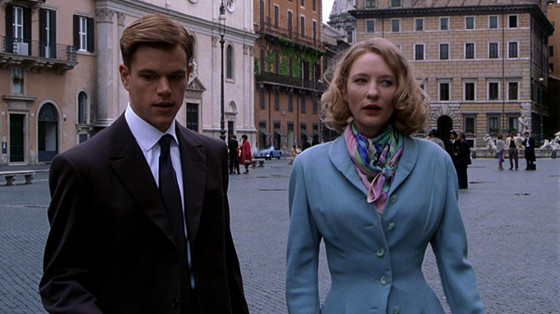
This psychological thriller by Anthony Minghella follows the story of Tom Ripley, a young man who is trying to make it in New York in 1950s and seems to enjoy taking on other people’s identities. Tom will meet Dickie and he will quickly develop an obsession with him, wearing the same outfits, imitating his mannerisms, and pretending he likes jazz.
Dickie is a narcissist who likes and openly welcomes Tom’s attention, but without ever developing romantic feelings for Tom, although his actions could be interpreted otherwise.
Given the era in which the story takes place, it is even harder for Tom to openly express that he has feelings for another man. This is why everything becomes twisted in his head and he starts imitating him instead – as a way to approach him. Dickie soon realizes this and pushes him away, which will lead Tom to a series of actions that will reveal the confused, insecure, and disturbed person that he is.
Tom’s sexuality is never openly revealed in the film, but it is his behavior and actions that imply he is attracted to the object of his obsession, Dickie. Much like his sexuality, Tom’s true identity is never revealed; all we know of his identity are the bits and pieces of other people’s lives that he presents as his own.
He yearns for belonging and it seems he will not find peace unless he comes to terms with who he really is. For that reason, although Tom commits more than one crime, it is almost impossible for the audience to not sympathize with his internal struggles.
“The Talented Mr. Ripley” is a realistic depiction of what it was like to be gay in the 50s, and the very last scene where Tom is sat in his cabin closet, crying, is very representative of the kind of life he was leading – with a closeted sexuality and a closeted identity.
4. Blue is the Warmest Color
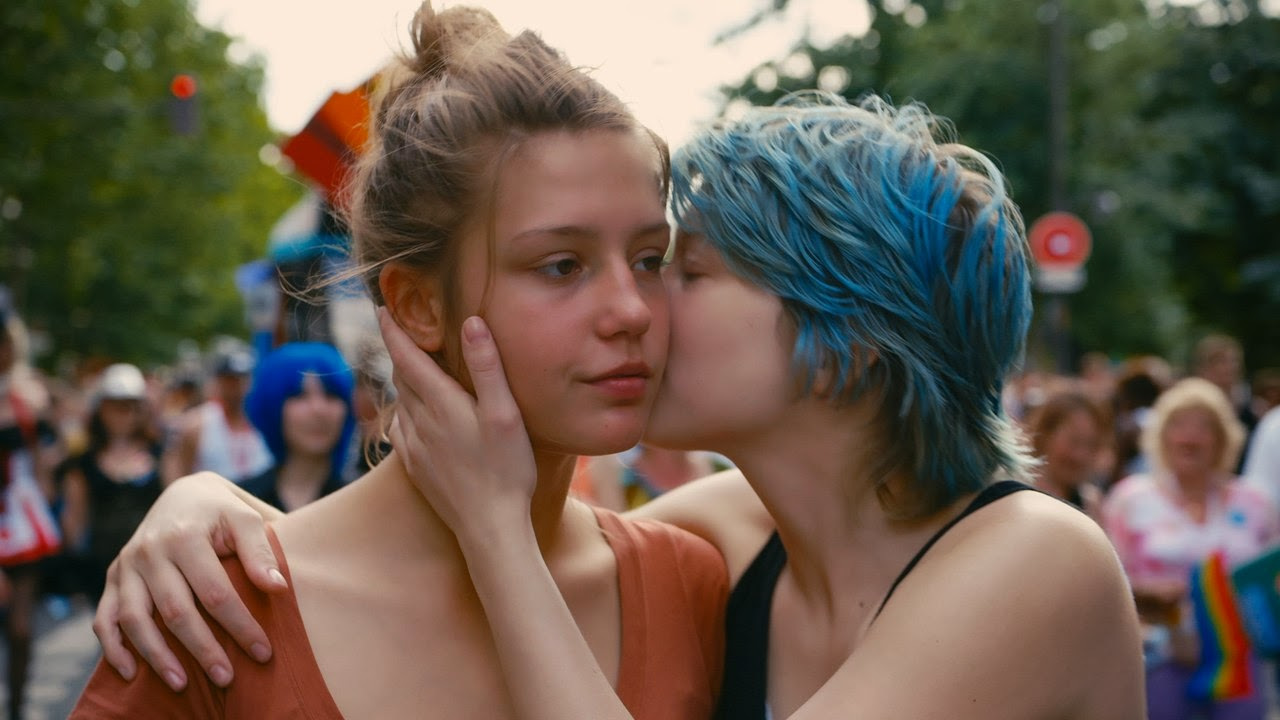
The 2013 film by Abdellatif Kechiche explores the relationship of Adèle and Emma over the years. Emma is openly gay, yet Adèle’s sexuality is never pinpointed. When Adèle meets Emma, she is still a high school student who has only had one underwhelming sexual experience with a male classmate of hers.
Emma and Adèle’s relationship will last for a few years, and has many twists and turns. Emma’s parents are fully supportive of her choices and general lifestyle, whereas Adèle’s parents are conservative, to the point where she hides the truth from them about her relationship.
It is possible that Adèle’s background has contributed to her hesitance to identify as a lesbian, although it is never implied that Adèle feels confused about her sexuality, except for one instance. Namely, before Emma and she broke up, Adèle sleeps with a male colleague of hers in what seems to be a moment of weakness and loneliness. Soon after, the two girls break up, but Adèle will never stop loving Emma.
It is not clear whether it is Adèle’s confused sexuality that drove her to make those decisions. Nonetheless, the fact that she has profound feelings for Emma and seems to only be drawn to men whenever her love is not reciprocated does not necessarily make her a lesbian.
In the case of “Blue Is the Warmest Color”, it might not be the character that is confused, but the viewer for not being able to identify that Adèle’s sexual preferences can be merely fluid, which is exactly the purpose of the film.
5. The Hours
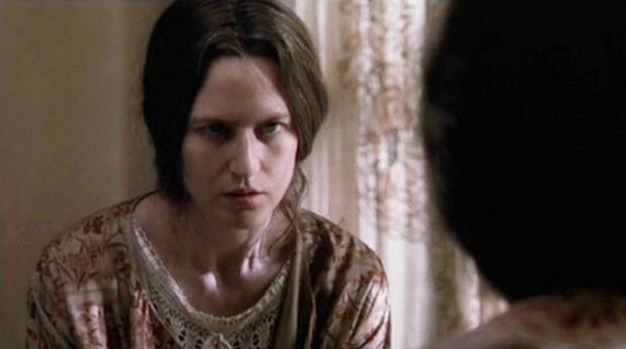
Stephen Daldry follows the lives of three women (Clarissa, Laura, and Virginia Woolf) who share the same problems and frustrations. Virginia lives in a house that, despite a loving husband and many servants, she feels is closing in on her. She seems to be dreading an afternoon visit from her sister, but she kisses her passionately on the lips before she leaves, indicating she feels a sexual yearning for her.
On the other hand, Laura is a housewife in the 50s who also feels she doesn’t fit in her own life. When her next door neighbor, Kitty, visits one afternoon, she kisses her on the lips, but does not receive reciprocity. Laura considers committing suicide, but decides to leave her family instead and lead a different kind of life.
Both Virginia and Laura are self-destructive and have psychological issues that are connected to their confused sexualities. They both live in eras that do not allow for any sexual deviations and that brings them sorrow and frustration. The notion of depression and despair that connects them is also representative of times when being gay was treated like a mental illness and a trait of mentally unstable people. Their unfulfilled desires make them lead unfulfilled lives.
The film definitely provides food for thought about how women used to struggle to find their sexuality and how this often leads to being not just marginalized, but also depressed, alone, and potentially suicidal, as no hint of catharsis ever arrives.